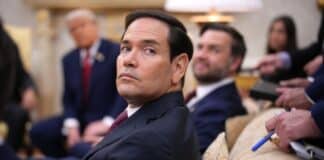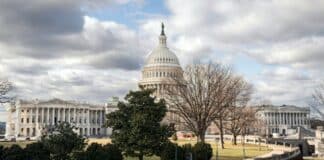Federal agencies have come under scrutiny for spending $4.6 billion on new furniture since October 2020, despite a significant portion of their workforce operating remotely. This expenditure was highlighted during a recent hearing by the House Oversight Subcommittee on Delivering on Government Efficiency (DOGE).
OpenTheBooks CEO John Hart testified that this amount could have instead provided 9.2 million American families with a modest $500 kitchen table. He questioned the necessity of such spending, especially when many federal offices remain underutilized.
Reports indicate that over half of federal employees were teleworking regularly or fully remote by May 2024. Additionally, a Government Accountability Office audit found that 17 of 24 major federal agencies were utilizing only 25% or less of their headquarters’ buildings
Specific instances of questionable spending include:
- The U.S. Agency for International Development (USAID) allocating $4 million for furniture in overseas offices, with $250,000 spent on Herman Miller chairs in Mozambique.
- The State Department spending $1.4 million on art and drawings for embassies worldwide, including $200,000 for two paintings by modern abstract artist Alfred Jensen.
- The Nancy Pelosi Federal Building in San Francisco purchasing $39,000 worth of conference tables, despite a directive for employees to work from home.
In response to these findings, the Trump administration has initiated efforts to reduce the federal real estate footprint. The Department of Government Efficiency (DOGE) has terminated nearly 800 federal leases, aiming to save $500 million in taxpayer funds. Subcommittee Chairwoman Marjorie Taylor Greene emphasized that federal agencies should not maintain empires at taxpayers’ expense.
Critics, including Rep. Melanie Stansbury, argue that these cost-cutting measures may serve broader agendas to privatize public services and fund large tax cuts. Nonetheless, the hearing underscored concerns over inefficient spending and underutilized federal properties as burdens on taxpayers.





